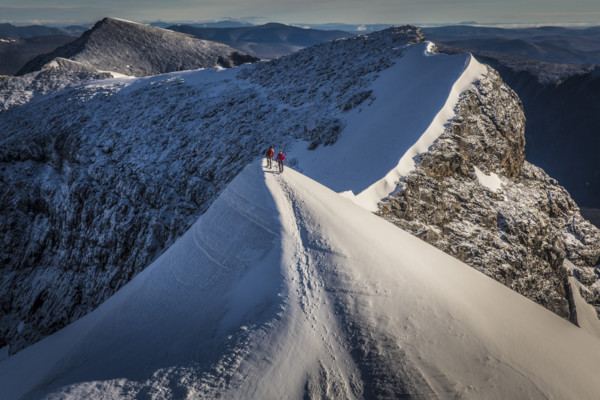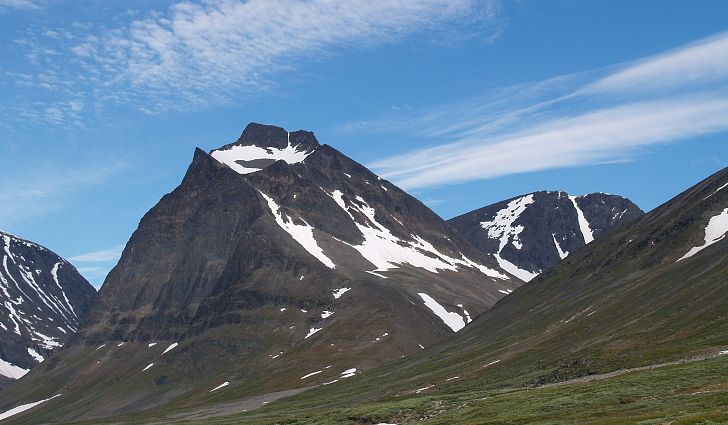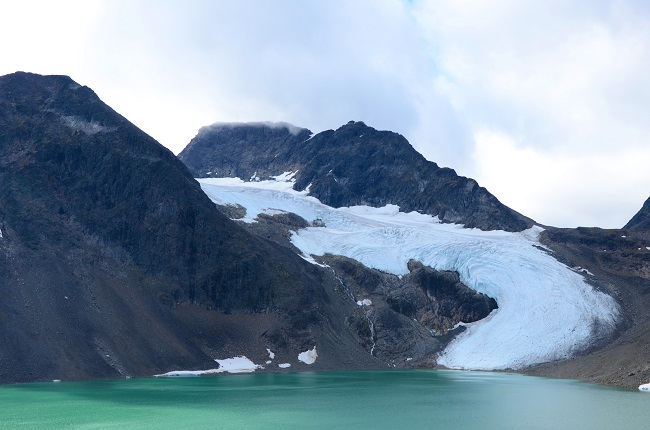Global warming is to blame for Sweden's highest peak losing title
Sweden's tallest peak, Kebnekaise has lost its title of the highest mountain, as most of the glacier covering its summit melted due to the effects of global warming.

Washington D.C: Sweden's tallest peak, Kebnekaise has lost its title of the highest mountain, as most of the glacier covering its summit melted due to the effects of global warming, reported CNN.
The mountain that was towered in the far north of the country now measures 2,095.6 metres. This is the lowest the mountain ever stood.
Also Read: Climate change affects forest recovery after wildfire
"For the first time since 1880, we can say for certainty that it's lower than the other peak. Last year we suspected it, but it never went below the other peak. Now, we measured it at the end of melt season on September 3 using GPS technology with only a few centimeters margin of error," Gunhild Ninis Rosqvist, a Stockholm University geography professor who has been measuring the peak each year, told CNN.

Also Read |
Trump’s Climate Action: It’s not an end to the coal war but the end of the world
Unfortunately, from approximately past 50 years, the mountain's southern peak drastically decreased to 24 metres, Ninis Rosqvist added.
Further talking about the worsening scenario the geography professor revealed that in the past 10 years, the melting rate has been one meter per year.
"Temperatures in the summer have increased. Actually, they've increased all year round. Even the winters are warming here. What's happening a Kebnekaise's southern peak is representative for all the glaciers in Scandinavia right now. It's a symbol for glacier melt. They're all melting very rapidly," Ninis Rosqvist said.
Also Read: Climate change to cause global beer shortage
The southern peak may stand a chance during the winter season as the glacier will accumulate snow and ice, helping Kebnekaise to reclaim its former glory. However, it would be for the short-term.
Also Read |
Climate change to cause global beer shortage
"The shrinking rate has increased because it's getting warmer and warmer. A strong snowy winter could balance it out, but it will eventually melt in the summer. The destiny looks poor for the glaciers," Ninis Rosqvist added.

Like many other parts of the world, Sweden too faced extreme temperatures this summer, breaking all the earlier records.
Ninis Rosqvist, who's based at the Tarfala Research Station near the southern peak, said glacier's decreasing size is clearly visible, the CNN report stated.
"The glacier is getting thinner and thinner. It covers less area. And it gets slippery at the top, where it should be only ice," she said, according to the publication. (ANI)
 Dynamite News
Dynamite News 